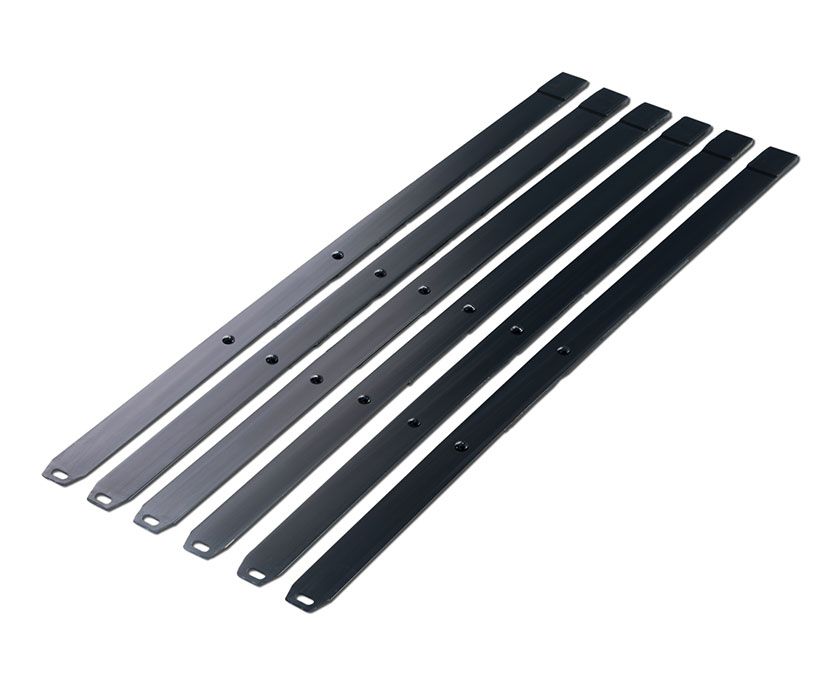
Users are limited to two posts for any given 24-hour period. It is not a catch-all flair for jokes and satire.ĭon't spam /r/WarThunder. individual screenshots or minor discoveries. The DATAMINE flair is for substantive datamining posts.It is intended only for official War Thunder news from Gaijin sites and sources. Unflaired posts don't get an upvote button and incorrectly flaired posts may be removed. Your account must be 3 days old to comment and at least 30 karma to post here.įlair your post appropriately after submitting. Submit a link Submit text post Please activate this subreddit's custom style for access to extra functionality such as content filtersįor Sim mode, visit r/WarthunderSim! Rules The majority of these planes served within US territory as training vehicles, but a number of P-400s took part in combat operations in New Guinea and North Africa. They kept their British camouflage and organizational numbering. In December 1941, 179 of the aircraft went into service in the USAAF with the designation P-400. By this time, 164 of the fighters had been sent to Britain.Īfter Japan's attack on Pearl Harbor, the US requisitioned the fighters which had not yet been shipped to the British or were still in various stages of assembly. In December 1941, the British Air Ministry decided to remove the Airacobra Mk.I from service. At the same time, the fighter's maneuverability and responsiveness received good ratings. However, when the British received the first Airacobra Mk.Is in the summer of 1941, tests revealed that rather than the high-altitude interceptor they had expected, they had actually received an unexceptional medium-altitude fighter, albeit with a powerful engine. In the RAF, the model 14A fighters received the designation Airacobra Mk.I. 303 machine guns on the wing surfaces with 350 rounds each. The model 14A's armament consisted of a 20 mm British-Hispano M1 cannon with 60 shells, two large-caliber synchronized Colt Browning M2.5 machine guns on the fuselage with 200 rounds each and four British 7.7 mm Colt-Browning Mk.II. The fighters produced for Britain had the designation model 14A and were powered by the 12-cylinder air-cooled Allison V-1710-E4 engine with a maximum output of 1,150 hp. Seduced by its tricycle undercarriage, powerful armament, high climbing rate and promises of high speeds of up to 640 km/h, the British ordered 675 airplanes, including the 200 from the French order. The high flight characteristics of the experimental XP-39 also drew attention from the British buying committee in the USA. After the capitulation, all outstanding French orders for military vehicles were redirected to Britain. However, the order was not fulfilled before France's capitulation in the summer of 1940. The French were in urgent need of rearming their fighter forces, and bought as many fighters as they could from overseas. The first overseas order came from France in October 1939. The experimental model XP-39 took its maiden flight on 6 April 1938. The aircraft was designed by the Bell Aircraft design office under the direction of R.


The aircraft had an unusual layout, with the engine placed behind the cockpit. A single-engine all-metal monoplane fighter with a closed cockpit and retractable tricycle landing gear with a nose leg.


 0 kommentar(er)
0 kommentar(er)
